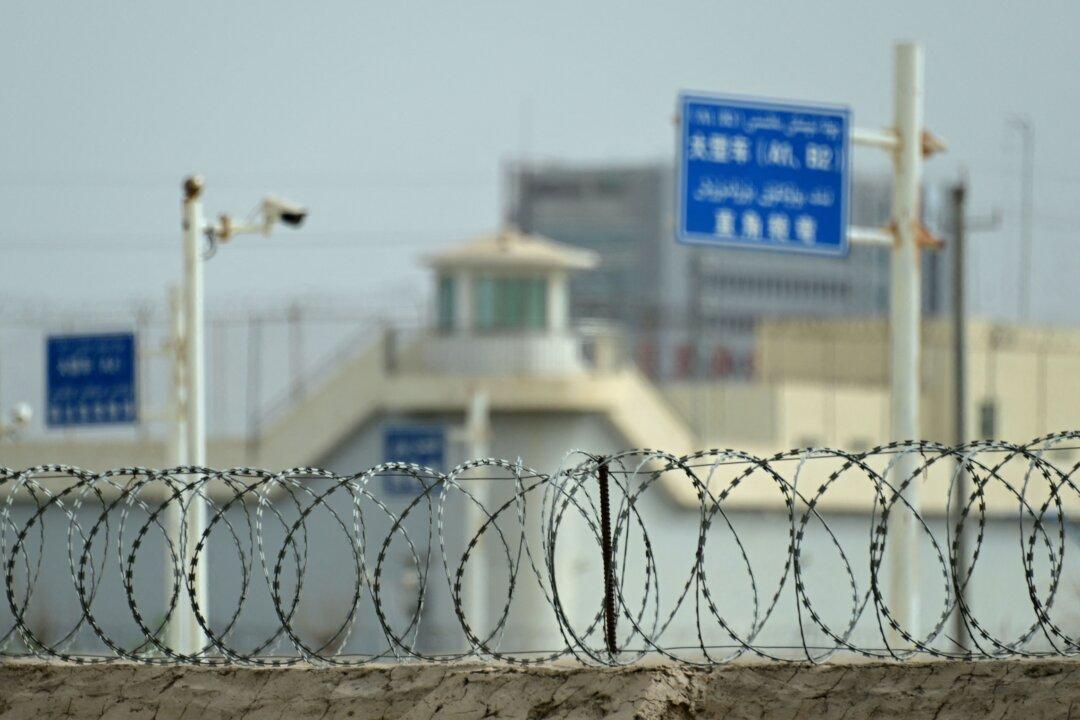Defense Secretary Lloyd Austin has ordered the aircraft carrier USS Gerald R. Ford to remain in the Mediterranean Sea near Israel amid continuing concerns about volatility in the Middle East, according to multiple reports.
It’s the third time the aircraft carrier’s deployment has been prolonged because of the ongoing conflict between Israel and the Hamas terrorist group in Gaza, USNI News reported.





